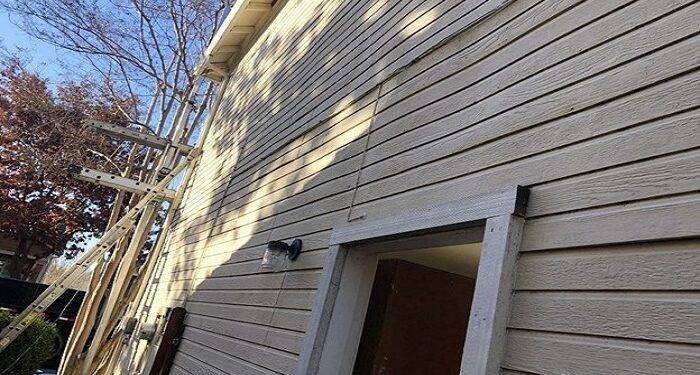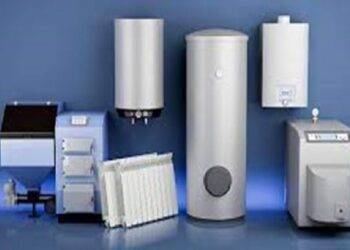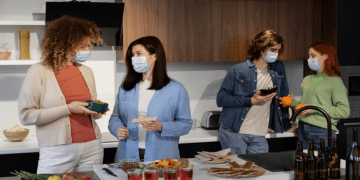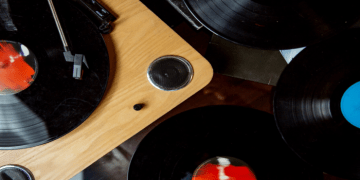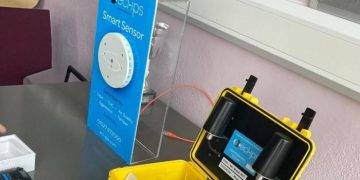Builders have a lot to work on when choosing to the side for a home. The main defining moments are quality, cost, as well as the durability of the material, because they are very different, and the final choice depends on the needs and requirements of the resistance of the material to the weather conditions of the project, as well as on the budget of the customer.
Artificial stone, brick, wood, and fiber cement are among the most durable materials for facades. Cheaper materials are siding products, including vinyl siding, plaster, and composite board, which have relatively good durability.
Usually, traditional siding is an inexpensive material and easy to install. Hardboard siding is harder than wood, so it is stronger and more flexible. Because of this, it is slightly more expensive than vinyl, but less expensive than wood siding.
Advantages of hardboard siding
Contractors and suppliers still use the generic term “hardboard siding” when referring to modern fiberboard products.
Despite some negative points in the use of fiberboard, it also has good qualities. For example, it can be painted in any color, and treated boards are resistant to external influences, so they are stored without cracks and other damage that can happen to traditional wood.
Hardboard siding is easily installed in homes that still have clapboard siding that needs restoration or replacement.
The most common problems with hardboard
Traditional older hardboard products were much weaker than modern materials. However, the use of this type of siding still has some disadvantages and problems that can occur with it. In particular, if you painted the panels incorrectly and did not seal them well enough, then this will cause moisture to get under the siding and cause it to bloom. Improper installation not only deteriorates the quality of the material, but also leads to even bigger problems with moisture, which has a bad effect on the whole house and walls.
You can have problems even with today’s advanced fiberboard siding if you install it incorrectly. The best type of siding that won’t warp and is more weather resistant if installed correctly is 5/8 inch vertical siding.
Ogralite siding can begin to rot due to improper drainage and improper installation of trim over the siding.
In addition, builders may nail the siding incorrectly, preventing the material from expanding and contracting during different temperatures and weather conditions, ultimately causing the siding to warp. Also, sometimes homeowners don’t know how to properly care for and maintain siding.
It is important to find professionals or a siding company that can advise you or, if necessary, install the siding correctly
Homeowners who have painted their siding every 5 or 8 years and patched the damage in time have had their siding still look good to this day.
Also, using a washing machine to clean the siding can damage the surface and thus water will enter the structure. It is necessary to monitor the cracks on the siding boards to preserve the siding coating.

